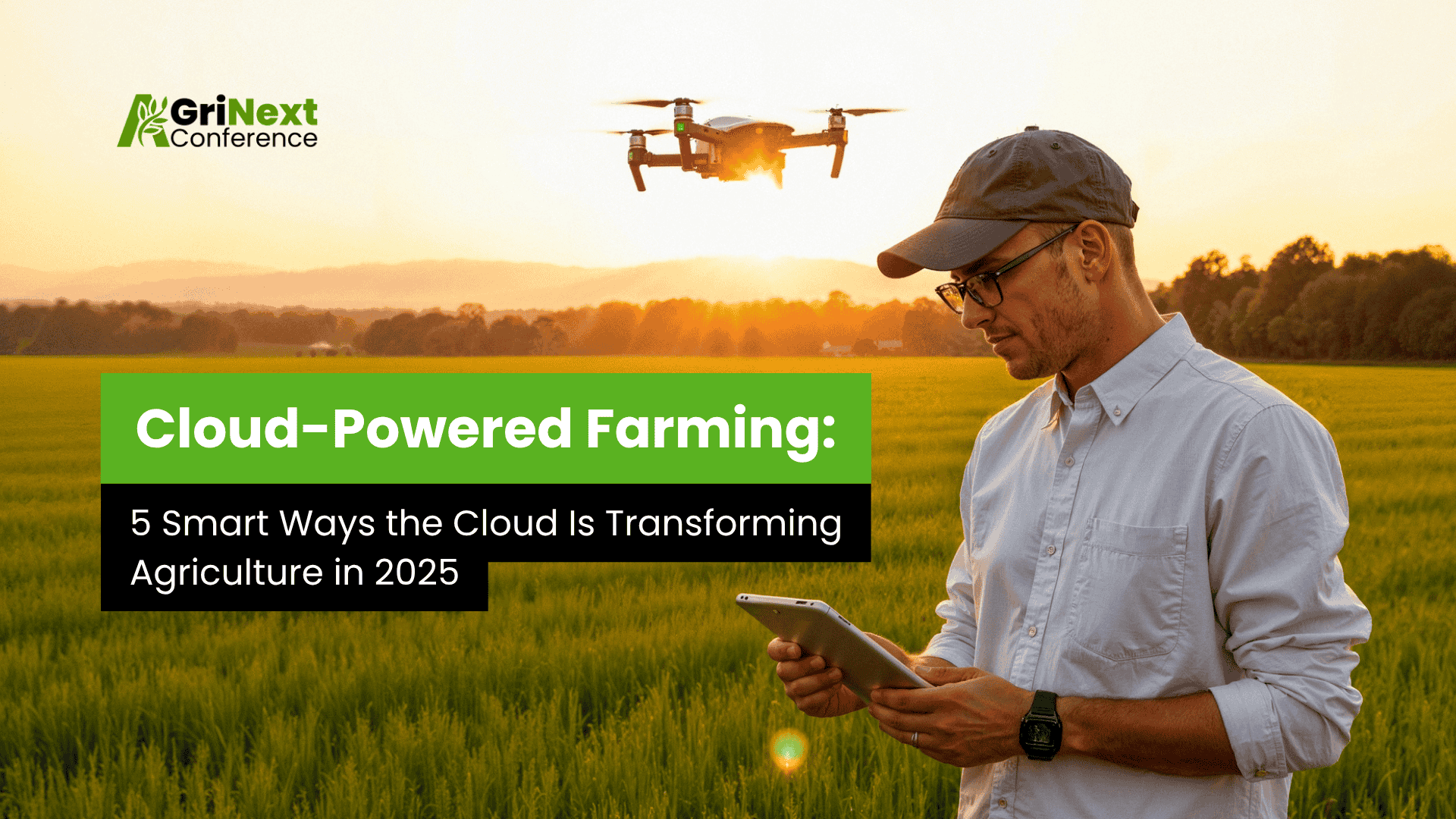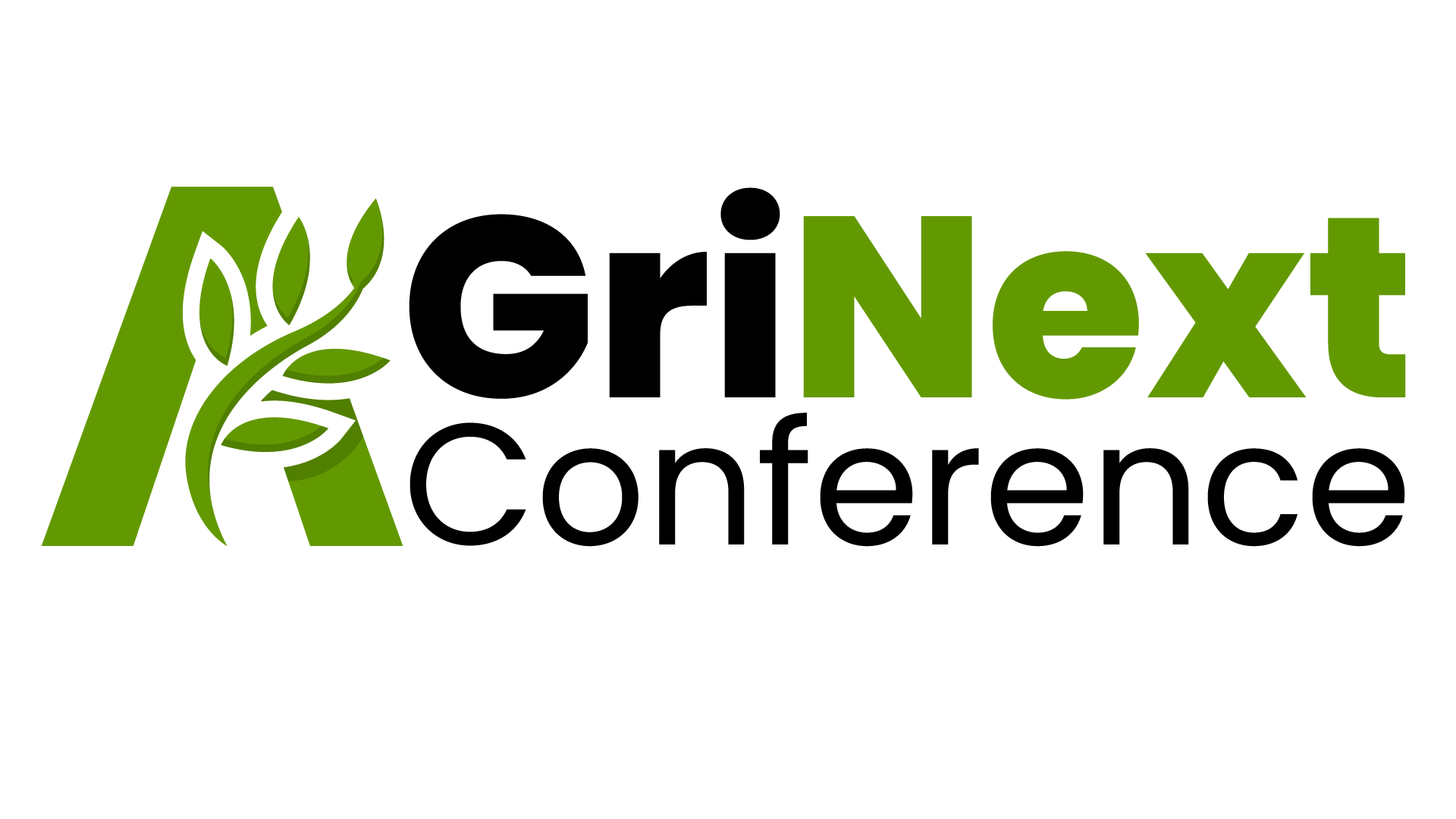
Discover how cloud computing is transforming agriculture in 2025 through smart farming tools, real-time analytics, and sustainable innovations.
Explore five powerful applications of cloud-based technology that are reshaping both farming and forestry—boosting productivity, protecting the environment, and preparing the sector for a climate-smart future.
Introduction: The Force of Cloud Computing in Agriculture
Cloud computing is redefining modern agriculture by providing tools that were once accessible only to tech giants—now made available to farmers and foresters alike. With the growing need for sustainable food production and climate-resilient strategies, cloud technologies empower agricultural stakeholders to make informed decisions in real time. From automating irrigation systems to tracking crop health and improving market access, cloud-based platforms are making agriculture smarter, faster, and more responsive. As we step into 2025, cloud computing stands at the heart of a new agricultural era—one driven by data and designed for sustainability.
What is Cloud Computing for Agriculture?
Cloud computing for agriculture refers to the use of remote servers and internet-based platforms to store, manage, and analyze agricultural data. This includes everything from satellite imagery and sensor data to AI-powered predictions and management tools.
Compared to traditional methods that rely heavily on manual observations and seasonal experience, cloud-enabled farming delivers insights in real time.It allows even small-scale farmers to tap into powerful analytics, boosting both productivity and profitability while reducing dependence on guesswork and outdated practices.
Understanding Cloud Farming: How Smart Tech Meets the Cloud
Cloud farming is the integration of cloud computing with modern digital agriculture tools like IoT sensors, artificial intelligence, and machine learning. It enables farmers to monitor field conditions remotely, analyze real-time data, and make data-driven decisions—often automatically. This smart fusion allows for more precise irrigation, timely pest control, yield forecasting, and even predictive maintenance of equipment.
Think of it as farming with the cloud acting as a digital brain—processing millions of data points from the field, weather stations, and supply chains to offer tailored recommendations. In 2025, smart cloud farming is no longer experimental; it’s a scalable, affordable solution for optimized yields, reduced input waste, and climate-resilient agriculture.
Benefits & Impact of Cloud Computing on Agriculture and Forestry
The adoption of cloud technologies is unlocking a range of benefits across agriculture and forestry. For farmers, it means higher crop yields through precision farming, real-time monitoring of pests and diseases, and cost-effective resource usage. For the forestry sector, cloud platforms help track deforestation, manage biodiversity, and support sustainable logging. These technologies reduce operational inefficiencies, lower carbon footprints, and help stakeholders comply with environmental regulations. Overall, cloud computing is making the agricultural ecosystem more transparent, efficient, and environmentally responsible.
5 Smart Cloud Farming Uses in 2025
1. Precision Farming
Cloud-powered precision farming uses GPS, sensors, and satellite data to deliver site-specific recommendations. Farmers can apply fertilizers only where needed, irrigate based on soil moisture levels, and detect crop stress early—improving yields while saving resources.
2. Supply Chain Management
Cloud platforms offer real-time visibility across the entire agri-supply chain—from seed to shelf. With better traceability, farmers and distributors can reduce spoilage, ensure food safety, and connect directly with markets, boosting income and consumer trust.
3. Weather Forecasting & Risk Management
Accurate weather models powered by cloud computing help predict rainfall, drought, and extreme events. These forecasts assist farmers in timely planting, harvesting, and protecting crops from weather-related losses—vital in the face of climate change.
4. Farm Management Software
Cloud-based farm management platforms centralize data collection, financial records, input usage, and compliance documentation. This simplifies farm operations and improves record-keeping for audits, loans, and government schemes.
5. Forestry Monitoring & Environmental Stewardship
Through satellite imagery and remote sensors, cloud computing enables precise monitoring of forests. This supports reforestation, illegal logging detection, and conservation programs—helping governments and communities protect biodiversity more effectively.
The Future of Cloud Computing in Agriculture (2025 & Beyond)
The next wave of cloud innovation in agriculture will be defined by deeper integration with artificial intelligence, blockchain, and edge computing. We can expect cloud platforms to support autonomous machinery, digital marketplaces, and predictive modeling for entire agricultural ecosystems.
With 5G expansion and affordable IoT sensors, even smallholder farmers in remote regions will gain real-time access to critical data. In forestry, cloud computing will increasingly support carbon credit monitoring, ecosystem mapping, and climate impact modeling. As agriculture faces mounting global pressures, cloud computing will serve as the digital backbone for food security, sustainability, and resilience in the years ahead.
Conclusion: A Sustainable Future with Cloud Farming
Cloud computing is no longer just a support tool—it’s a central engine powering the transformation of agriculture in 2025. From boosting productivity and reducing input waste to protecting ecosystems and enhancing market access, smart cloud farming creates win-win outcomes for people and the planet. The technology’s flexibility makes it suitable for farms of all sizes and types, leveling the playing field through innovation. As we look to a future shaped by both climate urgency and food demand, cloud-enabled agriculture offers a smart, scalable, and sustainable path forward.
AgriNext 2025: Cloud Tech Takes Center Stage
If you’re interested in how cloud computing is revolutionizing agriculture, AgriNext 2025 is the event to watch. Set to be one of the most forward-looking agri-tech gatherings in the region, the conference will showcase cutting-edge cloud farming platforms, IoT-powered tools, and AI-driven farm management systems.
From startup demos to expert panels on smart agriculture, AgriNext is where global innovators, policymakers, and agri-entrepreneurs come together to shape the digital future of farming. Cloud technology isn’t just the future—it’s the highlight of AgriNext 2025. If you’re exploring how to adopt these technologies, AgriNext 2025 is the perfect place to start.
References
Microsoft. (n.d.). FarmBeats: AI, Edge & IoT for Agriculture.
Cloud-Based Agricultural Monitoring System for Precision Farming (ResearchGate, 2023)
Signup For AgriNext Conference Newsletter

